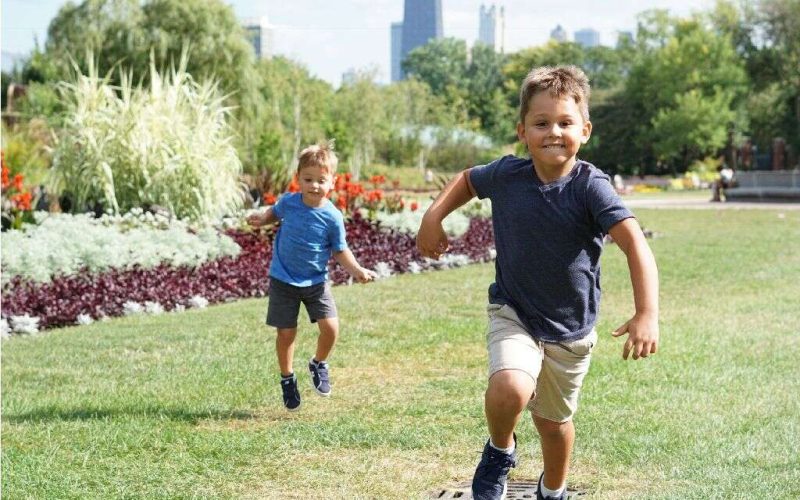Trotting in a child of 21 months is not simply a milestone but one of the physically and emotionally satisfying activities for the child and you, the caregiver.
Make the most of this once-in-a-lifetime developmental milestone by encouraging your child and learning how to make your living area childproof.
Each new day is a brand new accomplishment for your growing child.
For those of you who have a toddler, you know how it feels to watch him or her reach and eventually master the next developmental stage in life.
Almost all toddlers start walking by the time they grow up to the age of 15-16 months.
And while these young fellows may not seem to be exactly steady on their feet, you will soon see them experimenting with various ways of moving such as trotting, which is simply a fast way of walking.
Trotting in Your Toddler: What You Need to Do
While your boy or girl is trying to explore the brand new world they have found, you may be more concerned about their safety.
Your very comfortable home could unknowingly pose dangers while your little one is up and about exploring it.
For new parents, understanding what exactly trotting in toddlers is and helping your child trot safely and explore her environment safely will go a long way in helping her build security and confidence.
- It is Important to Childproof Your Home: At this age, a child has no sense of fear or danger. You must prepare a safe area for running and moving around. Re-adjust all big and possibly harmful furniture to create more space, remove valuable items and artifacts from the coffee table, put away all metal and glassware, showpieces, and frames on a higher shelf, cover up all electrical sockets, and remove auto locks on doors.
- Take Your Toddler Outdoors: No matter how much space you create at home, your young fellow will still feel like it isn’t enough. It is very important for the toddler in your custody to experience the great world outside. Your child will come to know of brand new things and have a greater understanding of the beautiful surroundings. Ensure that your child is always accompanied by an adult if you are not there. A nanny, your husband, or any elder you trust enough can supervise your little trotter, even if it’s just for a few minutes.
- Encourage Your Trotting Toddler’s Efforts: Getting up and standing on his or her own two feet will bring a sense of accomplishment to your growing child, and the same will happen when he or she finally learns to walk without help. The toddler’s trotting milestone is a big achievement, and you must encourage her with words and gestures. A big hug, a few kisses, and encouraging words are sure to go a long way in instilling positivity and confidence in your little one.
- Watch Out for Red Flags: Children are not conditioned to trot at the same paces. Sometimes, a young child may be somewhat lazy and relaxed about taking the bold step to run, so he or she may not feel the need to. Yet, while it is normal for kids to have a slow trot, too slow that pace could suddenly be considered a warning sign for a growth or developmental abnormality.
However, before you go ahead to sound the alarm, there may be a need for you to check on a couple of things like:
- Is my toddler active enough to feel bold or confident about running and walking?
- Is your child safe, or are there some hindrances that make her nervous?
- Sometimes, problems such as being flat-footed or possessing inward-pointing feet could be a hindrance. Here, you could consult a pediatrician.
Symptoms You Must Keep an Eye Open for
One side of the child’s body moves in a way completely different from the other.
- Your child walks on her toes often
- Repeated back and forth, walking
There are many stories of parents trying to get their children enough help to walk more stably.
However, it is essential to be patient with your young fellow as time will do its magic.
Enjoy every step and show your little trotter how proud you are of him or her.








